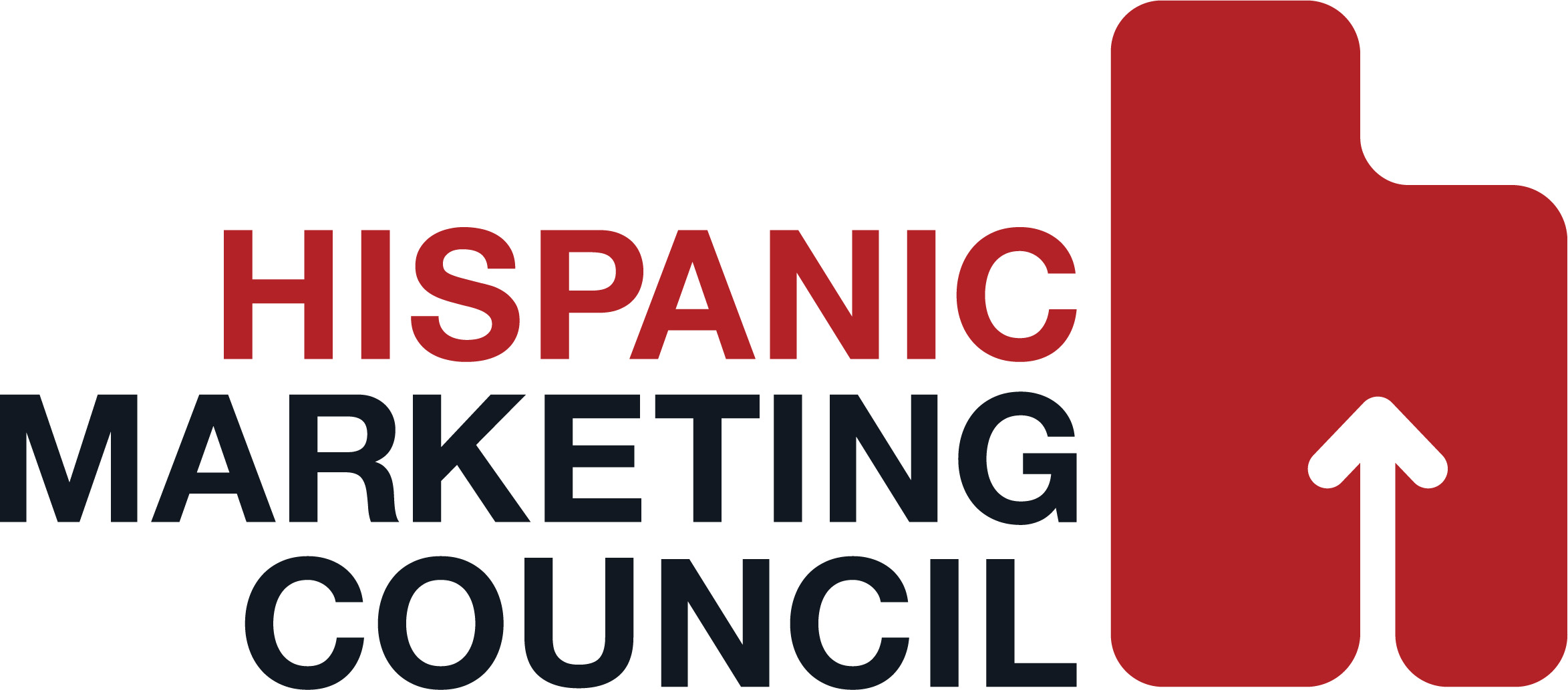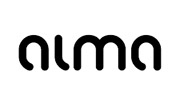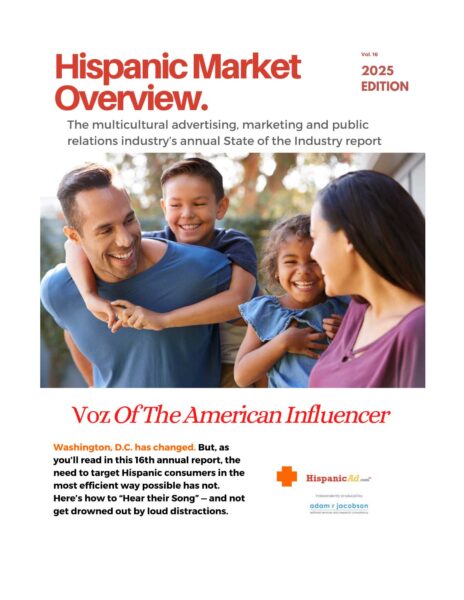Blue collar workforce changing: 35% Female, 22% Hispanic.
April 8, 2006
The participation of females and Hispanics in the blue collar workforce is increasing dramatically in the metropolitan markets surveyed regularly by The Media Audit.
“The percentage of blue collar households in the 87 markets we survey declined slightly, since 2000 from 17.9 percent to 17.3 percent,” says Bob Jordan, president of International Demographics, Inc., a 35-year-old market research firm that produces The Media Audit.
Participation by Gender & Race
Female participation in the blue collar work force is now at 34.9 percent, up from 31.6 percent in 2000. The percentage of Caucasians in the group declined from 59.1 percent to 52.8 percent. African-American participation also declined from 17.6 percent to 15.9 percent. Hispanics as a percent of the blue collar work force increased from 19.0 percent to 22.5 percent. The participation of Asians remained unchanged at 3.7 percent.
The blue collar work force got a little older during the same period. The number of blue collar workers between the ages of 18 and 44 decreased from 69.1 percent to 67.8 percent.
During the same period, the compensation of blue collar workers improved modestly. The number of those earning less than $25,000 a year stayed virtually the same. Those earning $50,000 or more a year increased from 38.7 percent to 44.4 percent. Those earning $75,000 or more increased from 16.1 percent to 21.4 percent and those earning $100,000 or more per year increased from 6.5 percent to 9.7 percent.
Gender Differences Very Evident
The percentage of blue collar workers who have health insurance is 68.5. That figure is approximately the same for both genders. Beyond that the similarities end. Nineteen percent of female blue collar workers earn less than $25,000 each year. Just 10.1 percent of male blue collar workers earn less than $25,000 each year.
Slightly more than 60 percent of female blue collar workers earn $35,000 or more annually while 75.9 percent of men earn $35,000 or more annually. Just 34.6 percent of women earn $50,000 or more compared to 49.6 percent of men. Only 13.5 percent of male blue collar workers do not have a high school education. Among females it’s 15.1 percent.
The percentage of blue collar workers per metropolitan market varies from 24.4 percent in Tulsa to 11.7 percent in Ann Arbor. The ten markets with the lowest percentage of adult blue collar workers are: Ann Arbor, 11.7; San Jose, 12.1; West Palm Beach, 12.5; Washington, D.C., 12.6; Miami-Ft. Lauderdale, 13.3; New Haven, 13.6; Jackson (MS), 13.6; Tampa-St. Petersburg, 14.5; San Francisco, 14.8; Hartford-New Haven, 15.2.
The ten markets with the highest percentage of blue collar workers are: Tulsa, 24.4; Myrtle Beach, 24.1; Akron, 23.8; Memphis, 23.1; Rochester, 22.7; Toledo, 22.7; Milwaukee-Racine, 22.0; Dayton, 21.9; Allentown-Bethlehem, 21.4; Greensboro-Winston Salem, 21.1.
For more information at http://www.TheMediaAudit.com
































